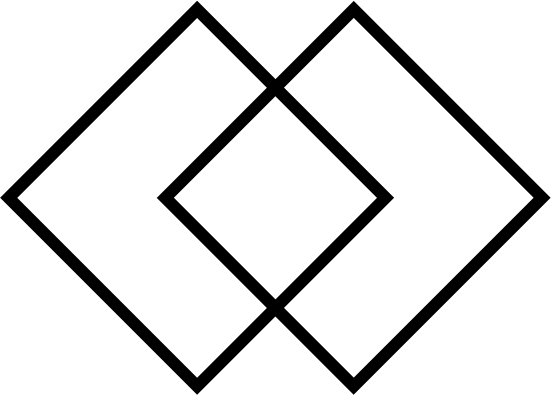

Hi
Who am I? Previous life...
Hi, I'm Carl, a UX designer focused on solving complex problems and creating engaging, user-centered experiences. I started my journey in design by first working as a graphic designer (Event - The experience design agency, Foster + Partners, Imagination, Formula 1, Sea Life) creating large event experiences and later designing in the digital realm - creating interactive digital displays involving an increasing amount of moving image graphics.
Having a technical as well as creative brain I started building sites in html/ css and working more as a creative artworker (working at Design Studio, Amplify (exhibitions for Google, Meta, Lego) as well as working through my own company www.dowhatyoulike.co.uk
What I do now
Having a foundation Diploma in Psychotherapy (Minster),and a degree in Visual Communication (Ravensbourne) - my love of design and also psychology came together with UX Design - a perfect match for me it seems. I love working out how people think and I love helping them out! It's a great feeling to use those insights to design meaningful, accessible, and user-centered experiences that hopefully delight and make things better. I recently completed a Professional Diploma in UX Design (UXID) which helped formalise my move into UX.
As a UX Designer, I:
-
Listen...... (and take notes!)
-
Conduct research - Heuristic evaluations, Competitive benchmarking, interviews, surveys, and usability tests etc.
-
Analyse data to identify patterns, pain points, and opportunities
-
Create wireframes, sketches, user flows, Customer Journey Maps, Empathy maps, and mid- to high-fidelity prototypes, typically using Figma, Miro, Creative Suite, AI
-
Collaborate with stakeholders, developers, and product teams - having worked in the past with HTML, CSS it helps when annotating designs
-
Always advocate for the user, balancing user experience with business needs
-
Apply evidence-based design methods to deliver intuitive and purposeful solutions
-
Iterate quickly in Figma using design patterns
-
Communicate design decisions well with stakeholders
-
Am constantly learning but approach projects and interviews with an open mind
Usability Testing
To define the problem, I had to gather all my findings and notes to organise them all. At first, I physically began to write
down all the notes onto sticky notes and stick them up on a wall, but it was getting too much so I had to switch to doing it online. I used Miro to create sticky notes of all the findings and group them into appropriate categories. I much prefer the online method as it looked a lot neater and was easier to group.
I decided to categorise the sticky notes into different screens on the app - eg. homepage, results page, search page as this was how I structured my usability test, and how the usability test I watched was. I then colour coded the sticky notes so that it represents what notes are negative, positive, behaviour and goals.
Doing an affinity diagram was a great way to get a clearer structure of what my research helped me to achieve.
Airline one
-
Point one what was the goal.
-
Point two more about the goal
-
More again
Airline one
-
Point one what was the goal.
-
Point two more about the goal
-
More again
Conclusion
Down all the notes onto sticky notes and stick them up on a wall, but it was getting too much so I had to switch to doing it online. I used Miro to create sticky notes of all the findings and group them into appropriate categories. I much prefer the online method as it looked a lot neater and was easier to group.
I decided to categorise the sticky notes into different screens on the app - eg. homepage, results page, search page as this was how I structured my usability test, and how the usability test I watched was. I then colour coded the sticky notes so that it represents what notes are negative, positive, behaviour and goals.

